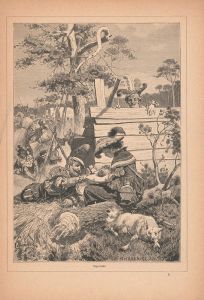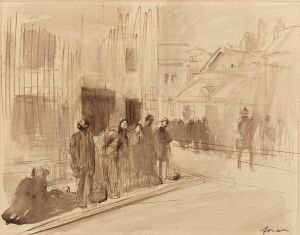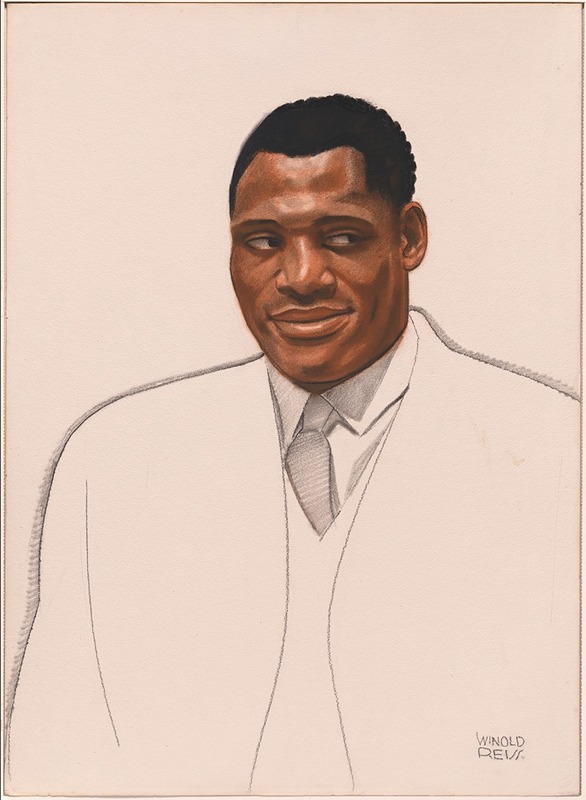
Paul Robeson
A hand-painted replica of Winold Reiss’s masterpiece Paul Robeson, meticulously crafted by professional artists to capture the true essence of the original. Each piece is created with museum-quality canvas and rare mineral pigments, carefully painted by experienced artists with delicate brushstrokes and rich, layered colors to perfectly recreate the texture of the original artwork. Unlike machine-printed reproductions, this hand-painted version brings the painting to life, infused with the artist’s emotions and skill in every stroke. Whether for personal collection or home decoration, it instantly elevates the artistic atmosphere of any space.
Winold Reiss's portrait of Paul Robeson is a significant work of art that captures the essence of one of the most influential figures of the 20th century. Winold Reiss, a German-American artist known for his portraits and graphic designs, created this piece during a time when Paul Robeson was gaining prominence as a singer, actor, and civil rights activist.
Paul Robeson was an African American artist and activist who achieved international fame for his deep baritone voice and his commitment to social justice. Born in 1898 in Princeton, New Jersey, Robeson excelled academically and athletically, attending Rutgers University on a scholarship. He later earned a law degree from Columbia University but chose to pursue a career in the arts, where he believed he could make a more significant impact.
Reiss, born in 1886 in Karlsruhe, Germany, immigrated to the United States in 1913. He was known for his vivid portraits and his commitment to portraying the diversity of American life. Reiss's work often focused on African American and Native American subjects, and he was deeply interested in capturing the cultural richness of his subjects.
The portrait of Paul Robeson by Winold Reiss is notable for its vibrant use of color and its ability to convey the strength and dignity of its subject. Reiss employed a modernist style that emphasized bold lines and striking contrasts, which helped to highlight Robeson's commanding presence. The portrait is a testament to Reiss's skill in capturing not just the physical likeness of his subjects but also their inner character and spirit.
This artwork is part of a broader body of work by Reiss that sought to challenge the racial stereotypes prevalent in early 20th-century America. By portraying Robeson with such dignity and respect, Reiss contributed to a more nuanced and positive representation of African Americans in art. The portrait reflects both the artist's admiration for Robeson and his commitment to social justice.
Paul Robeson himself was a complex figure whose career spanned multiple disciplines. He was a celebrated performer, known for his roles in films such as "Show Boat" and "The Emperor Jones," as well as his stage performances in "Othello" and "Porgy and Bess." Beyond his artistic achievements, Robeson was a passionate advocate for civil rights and social justice, using his platform to speak out against racial discrimination and colonialism.
Reiss's portrait of Robeson is more than just a depiction of a famous individual; it is a symbol of the intersection of art and activism. The portrait serves as a reminder of Robeson's enduring legacy as a trailblazer in both the arts and the fight for equality. It also highlights Reiss's role in promoting cultural diversity and challenging societal norms through his art.
Today, the portrait of Paul Robeson by Winold Reiss is recognized as an important cultural artifact, reflecting the rich history of collaboration between artists and activists in the pursuit of social change. It stands as a testament to the power of art to inspire and to challenge the status quo, capturing a moment in history when the arts were a vital part of the struggle for civil rights.






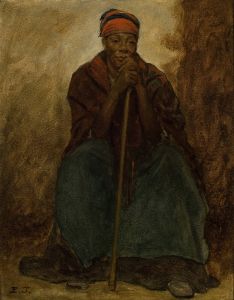
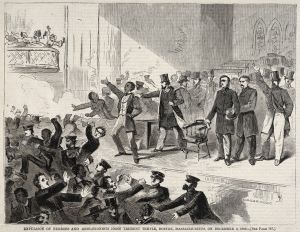
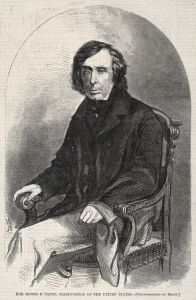

![Designs for Alamac Hotel Congo Room, 71st and Broadway, New York, NY.] [Six color studies of interior, furniture, and murals](/imgs/249310/s/winold-reiss-designs-for-alamac-hotel-congo-room-71st-and-broadway-new-york-ny-six-color-studies-of-interior-furniture-and-murals-3a813bdb.jpg)
![Designs for theater with black-framed proscenium and boldly colored settings.] [Study for stage light wall decoration, possibly for Caf ̌Crillon ….](/imgs/249332/s/winold-reiss-designs-for-theater-with-blackframed-proscenium-and-boldly-colored-settings-study-for-stage-light-wall-decoration-possibly-for-caf-crillon--84fb4ba6.jpg)
![Interior design drawings for unidentified rooms.] [Sketch for interior, possibly hotel lobby](/imgs/249361/s/winold-reiss-interior-design-drawings-for-unidentified-rooms-sketch-for-interior-possibly-hotel-lobby-c271d10.jpg)
![Proposed decorations for Fisher Building, Detroit.] [Bridge 1st floor.] [Bridge 2nd floor & end gallery no. 205.] [Elevator lobbies 105 & 112](/imgs/249385/s/winold-reiss-proposed-decorations-for-fisher-building-detroit-bridge-1st-floor-bridge-2nd-floor-end-gallery-no-205-elevator-lobbies-105-112-fcb75b95.jpg)
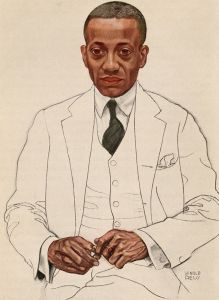
![Miscellaneous interior details.] [Details, figural doodles, and notations](/imgs/249484/s/winold-reiss-miscellaneous-interior-details-details-figural-doodles-and-notations-42b25d95.jpg)
